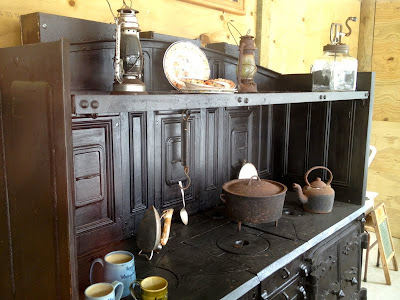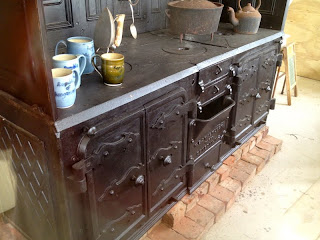The longer and more demanding part of the trip, we had been told.
Not many side roads here, and surprised to see a School Bus Route.
Some body lives out here!!!!
THE major intersection , still no traffic though.
The last saddle , Tahora.
And then views of Ruapehu we are told.


 And , Yes , around the next corner and there it was. The first photo is with tele lense.
And , Yes , around the next corner and there it was. The first photo is with tele lense.The next shows the rugged land mass , The King Country, with Ruapehu over to the right.
Then the Moki Tunnel.
Built in 1936 and is 180metre long.
The floor was lowered in 1989 to allow Triple Deck stock trucks access through.
It feels very narrow and is really dark.
Only one way bridges on this road.
A little further on we enter the Gorge , unaltered since the opening day , just beautiful.
Yes it is narrow but the surface was quite good and still no traffic.
A hilly section of the road had been sealed and a Patching gang were hard at work .
Or were they standing there looking at us ?
A couple of corners later , more roadworks .
This time half the road had slipped into the river.
Then its Good Bye Taranaki.
Then we had our "Traffic Jam ".
One of our club members and a rental.
Happily we met on one of the widest parts of the road.
It was one and a half lanes wide - three wheel tracks in the metal surface.
We were travelling downhill and courtesy rules mean we pullover and stop and allow the vehicules going uphill to pass by.
And down we went . Down out of the bush into a more sedate but still lumpy part of the trip.
All along the way was outstanding rock formations . The sedimentary layers record the volcanic formation of the district.
Some of the layers were 4 to 5 metres thick and we were told they date back to the Great Taupo eruptions.
Much thinner layers here but so many of them, each one created by its own little eruption.
We stopped to take this photo but the sun hides the layers that caught our eye.
It was a lucky stop.
We were at the site of one of the River Boat landings .
Paddle boats provided access for people, goods and stock.

So rich in history. It is not hard to be impressed with our pioneers.
Down the last hill and around the corner to Taumarunui.
We enjoyed every bit of the trip , no nervous moments , no frights.
Our 9m bus plus the towbehind at 14m overall had no problems.
Enjoyment plus.






















































